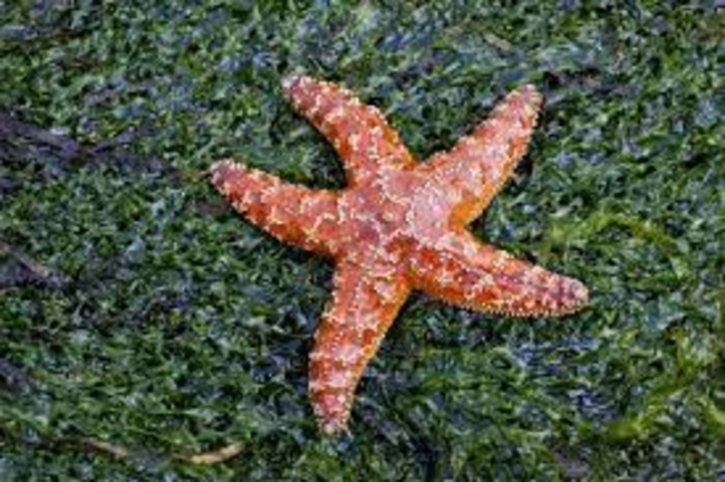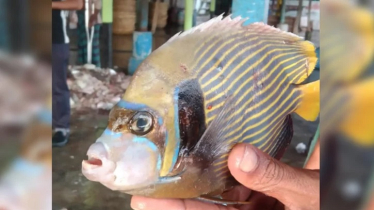
A decade-long marine epidemic has led to the death of more than five billion starfish along the Pacific coast from Mexico to Alaska. Scientists have now claimed to identify the cause behind this mass mortality, which has remained a mystery since the phenomenon began around 2013.
According to Alyssa Gehman, a marine disease ecologist at the Hakai Institute in British Columbia, the outbreak is severe and alarming. Affected starfish develop lesions that eventually lead to arm loss, a condition driven by a bacterial infection. Healthy starfish typically hold their arms upright, but infected ones deteriorate rapidly.
Starfish generally have five arms, though some species may have up to 24. Their colors range from deep orange and purple to brown and green. Since the onset of the epidemic, more than 20 species are believed to have been wiped out or severely reduced in number. Among the worst affected is the sunflower sea star, whose population declined by nearly 90 percent in just five years following the outbreak.
Researchers found that the responsible bacteria, Vibrio pectenicida, also affects other marine invertebrates such as shellfish. Rebecca Vega Thurber, a marine microbiologist at the University of California, Santa Barbara, stated that this discovery answers one of the most persistent and troubling questions in marine biology.
Initially, scientists investigated the role of densovirus, a pathogen present even in healthy starfish. However, recent analysis of the coelomic fluid, the internal fluid of starfish, finally revealed the bacterial culprit. Melanie Prentice of the Hakai Institute emphasized that it took more than a decade of effort to uncover the pathogen behind one of the most catastrophic marine die-offs in recorded history.





